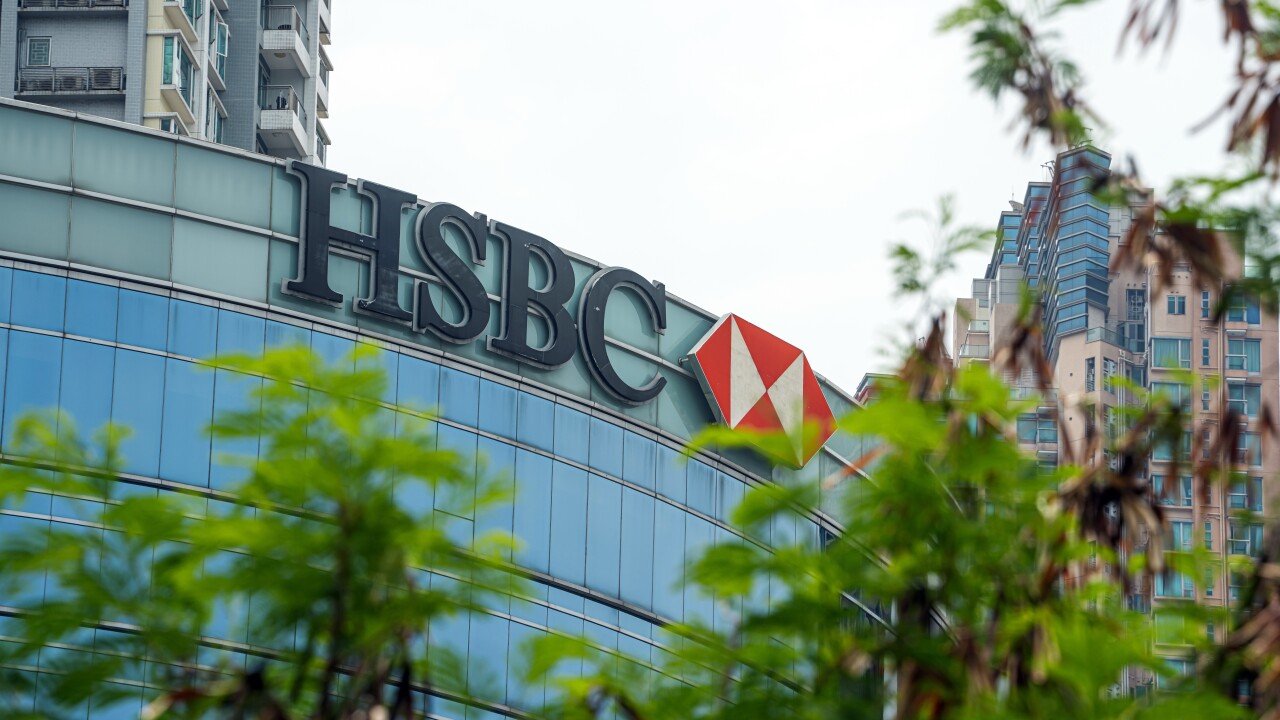P2P transfer apps aren't just for splitting the rent — they can also be portals to a wider array of financial services, as Canada’s national Interac debit network plans to prove.
In the next year, Interac plans to put new capabilities on top of its P2P app, to broaden usage among the app’s base. Of particular interest is how small to medium-sized businesses can use P2P capabilities, either for their own transactions or to engage with consumers.
In 2018, there were more than 371 million Interac e-Transfer payments totaling more than $132 billion. That’s up more than 54 percent in transaction volume and a 45 percent increase in value from 2017’s totals of about 240 million and $90 billion. 2016’s value was about $60 billion.
That compares favorably to U.S. transfer apps, particularly given Canada’s smaller size.

The idea behind Interac's strategy is that P2P is not much different than other transactions, so once people get used to using apps, it’s not much of an evolution to make it a primary rail for other purposes.
“With transfers, when you drill it down, I’m either paying someone back or paying to someone as a gift, so it’s about paying for something,” said Anurag Kar, director of digital push payments at Interac. “Paying rent with a P2P app is like paying a small business. It leads into [internet of things], small businesses and other day to day life.”
Like Venmo and Zelle, there are signs e-Transfer is being used frequently for more “everyday” purchases. The average Interac e-Transfer user uses sends 3 transactions per month, and 60 percent of all Interac e-Transfer transactions are under $200.
There’s also an interest in extending how transfers can serve recurring payments, which can support greater subscriptions and other purchases that have scheduled payments over time.
Interac is putting P2P into its
There’s also some momentum to support business usage. Businesses sent more than $465 million using a bulk disbursement feature, and about one in six e-Transfer payments involve a business.
“It comes down to the fact that business want to transact here,” Kar said. “It’s the utility they need. The blend is the same. It’s someone asking to pay or someone shipping funds to another party.”
Even as P2P apps grow quickly, they still serve a narrow range of use cases. Diversifying transaction types and reaching to business users is likely necessary to keep the apps from becoming “dumb pipes.”
Both Zelle and Venmo are making changes to adjust.
Working in the other direction,
“Digital P2P services like Interac e-Transfer in Canada and Zelle in the U.S. facilitate bank-based payments and as consumers become accustomed to and more trustworthy of digital payments, they are a natural jump off point for other types of payments,” said Talie Baker, a senior analyst at Aite.
Starting with P2P services enables providers to build a strong customer base by providing payment methods that mimic the ubiquity and convenience of cash. Once the customer base is established, providers can monetize digital payments by moving into B2C and C2B payments, Baker said.
“I haven’t come across other P2P services that have evolved into B2B payments yet, but it’s really not a huge leap once consumers are accustomed to the convenience of digital payments for personal reasons, it makes sense they would want to have the same convenience in business,” Baker said.
“At the end of the day, payments modernization is good for the Canadian economy and all constituencies,” Kar said. “With Interac and Interac e-Transfer we have a platform that can benefit from that modernization, and provide a benefit.”





